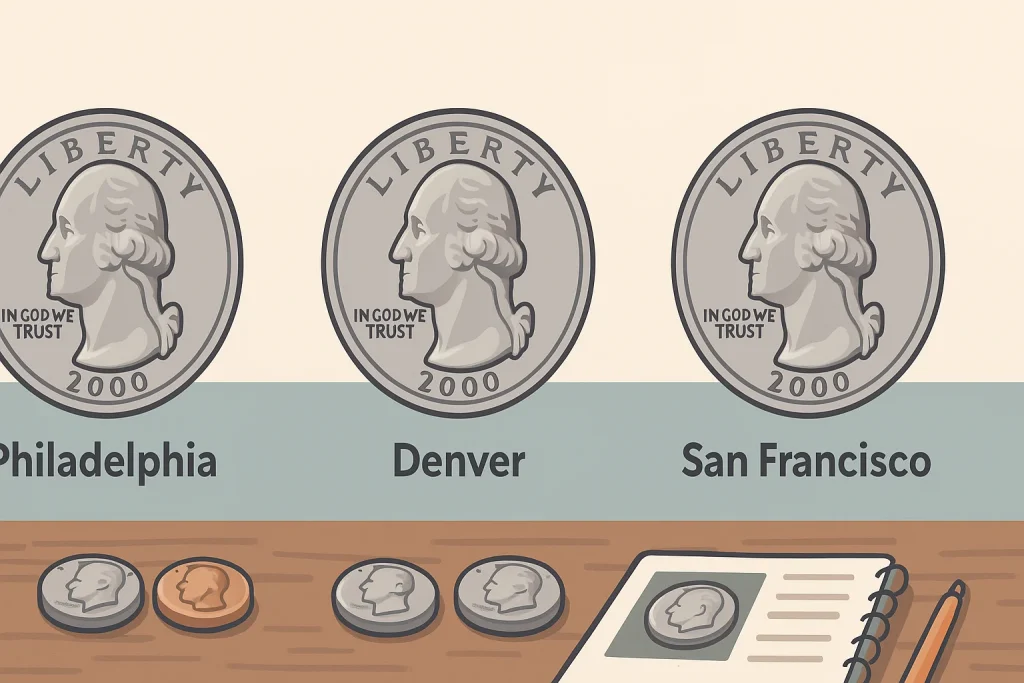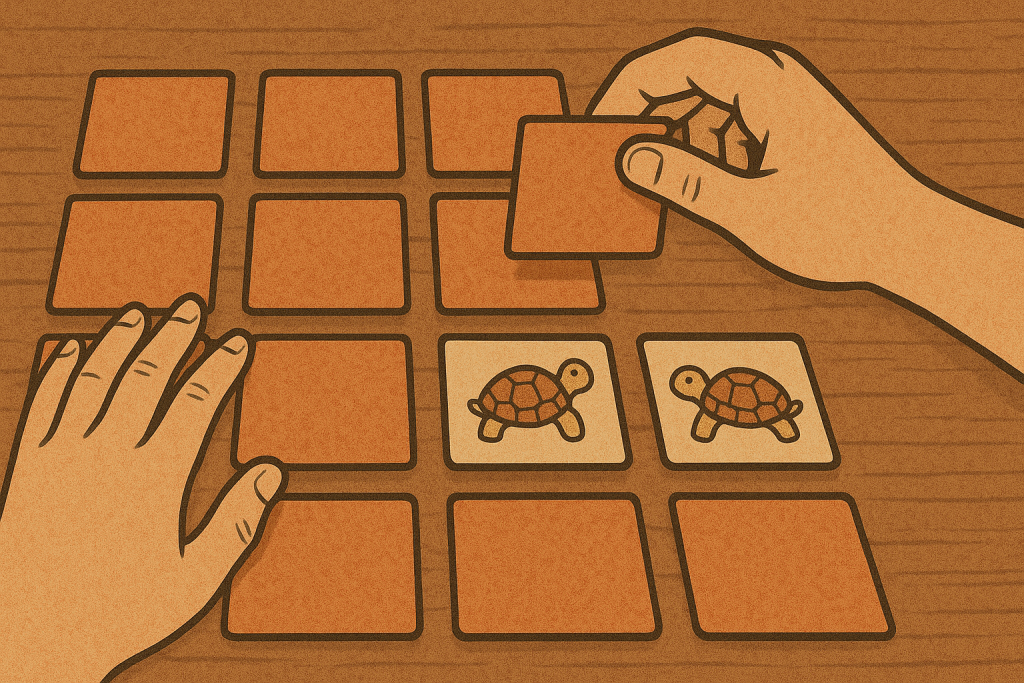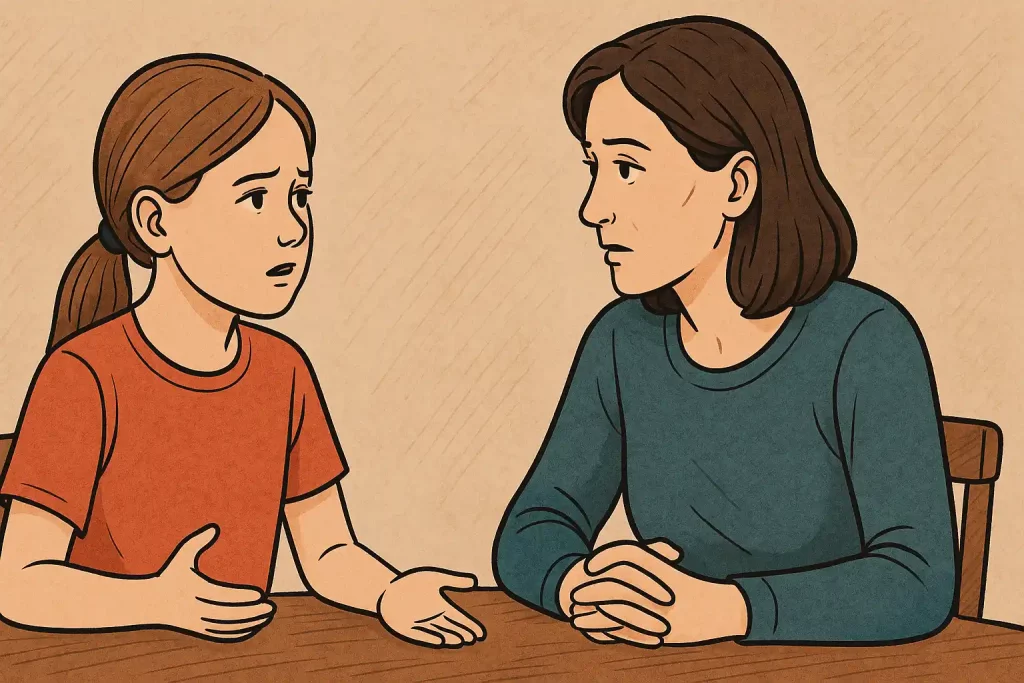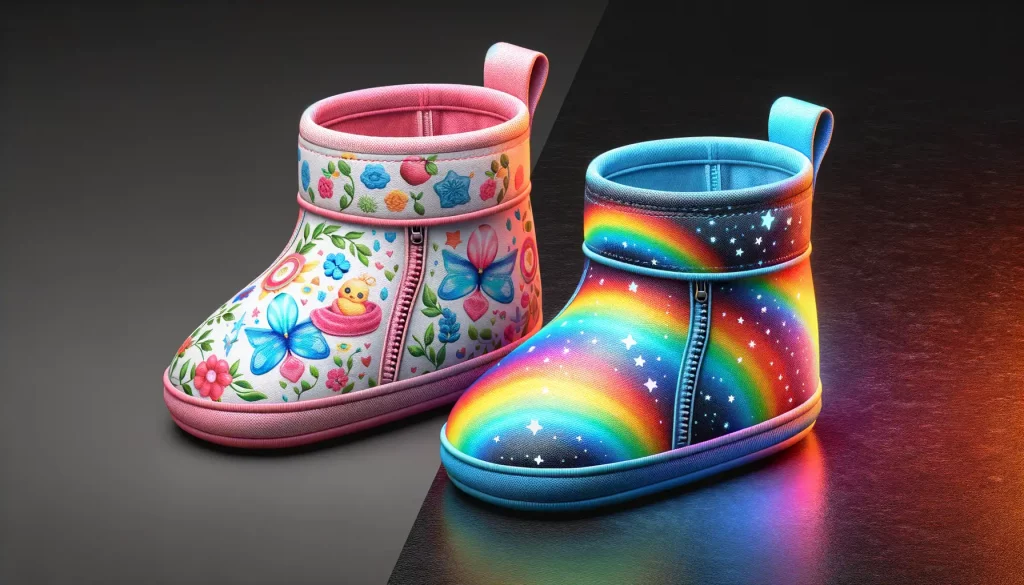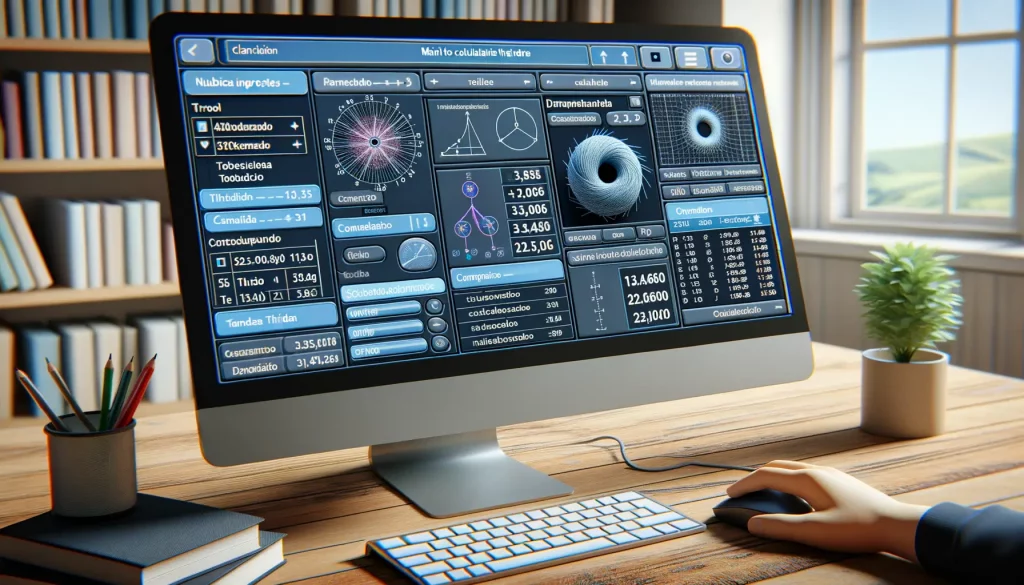Sooner or later, almost every parent faces a situation where a child loses their things. It could be a favorite toy left in the park, a school pencil case forgotten on the bus, or even an expensive gadget left unattended on the playground. Children are active and distracted by nature, which makes them especially vulnerable to losing personal items.
To avoid such problems, it is important both to teach your child to be attentive and to develop good habits for caring for their belongings. This is much like the process of caring for rare collectibles: just as numismatists learn how to clean old coins in order to preserve their historical and material value, children need to be taught the knowledge and principles of caring for their toys, books, clothes and other important items.
So today we would like to discuss effective methods of teaching children to be organized and tell you how to help them avoid losing things and properly organize the storage of personal items, as these skills will greatly simplify their lives in the future.
Why Children Lose Things and How to Stop It
Children can lose things for a variety of reasons, and it is important to understand the source of the problem before tackling it. The main causes are:
- Distraction and absent-mindedness – toddlers and teenagers are easily carried away by new experiences. The world is full of bright events, and a child is more interested in looking at friends’ new toys or exploring the neighborhood than remembering where they placed their backpack or jacket.
- Lack of the habit of putting things back in their place – if a child is not instilled with systematicity in childhood, it will be more difficult for him to be organized as an adult.
- Lack of understanding of the value of objects – it is difficult for a child to realize why a smartphone requires careful handling, why it is important to know where the keys to the house were left, and for what reason valuable things or coins that adults told them about may be more important than ordinary toys.
Psychologists say that a child’s ability to concentrate develops gradually. Until the age of five, children can hold their attention to one task for no more than 10-15 minutes, and at the younger school age this figure increases to 25-30 minutes. It is important to take these age specifics into account when teaching a child to be organized.
To form the right habits in a child, parents must be consistent. It is important not just to remind them to put things away, but to set an example. Children learn best the behavior they see in the family.
Fighting Forgetfulness and Carelessness: Parenting Tips
Teaching a child to be organized is a process that requires patience and consistency. Some children easily remember where they put their things, while others have to learn how to do it. To help your child be more attentive and careful with their items, it is important to form the right habits. Below you will find some suggestions to help you as a parent teach your child to take care of their belongings and avoid constant loss.
Step 1: Turn Cleaning into a Game
Young children rarely see cleaning as an important and necessary activity. For them, it’s more of a boring chore that they want to run away from. However, if you add a playful element, your child will start to enjoy keeping an eye on their things.
How to do it:
- Have a competition: who can put things in their places faster – the child or the parent? You can use a stopwatch or an hourglass.
- Make up a fairy tale story: the toys “live” in their houses, and the scattered things are lost travelers who need to be brought home.
- Use music: play a fun song and encourage your child to clean up while the music plays.
Lifehack: It is easier for children to cope with cleaning if the process is divided into stages. For example, first collect all books, then clothes, then toys.
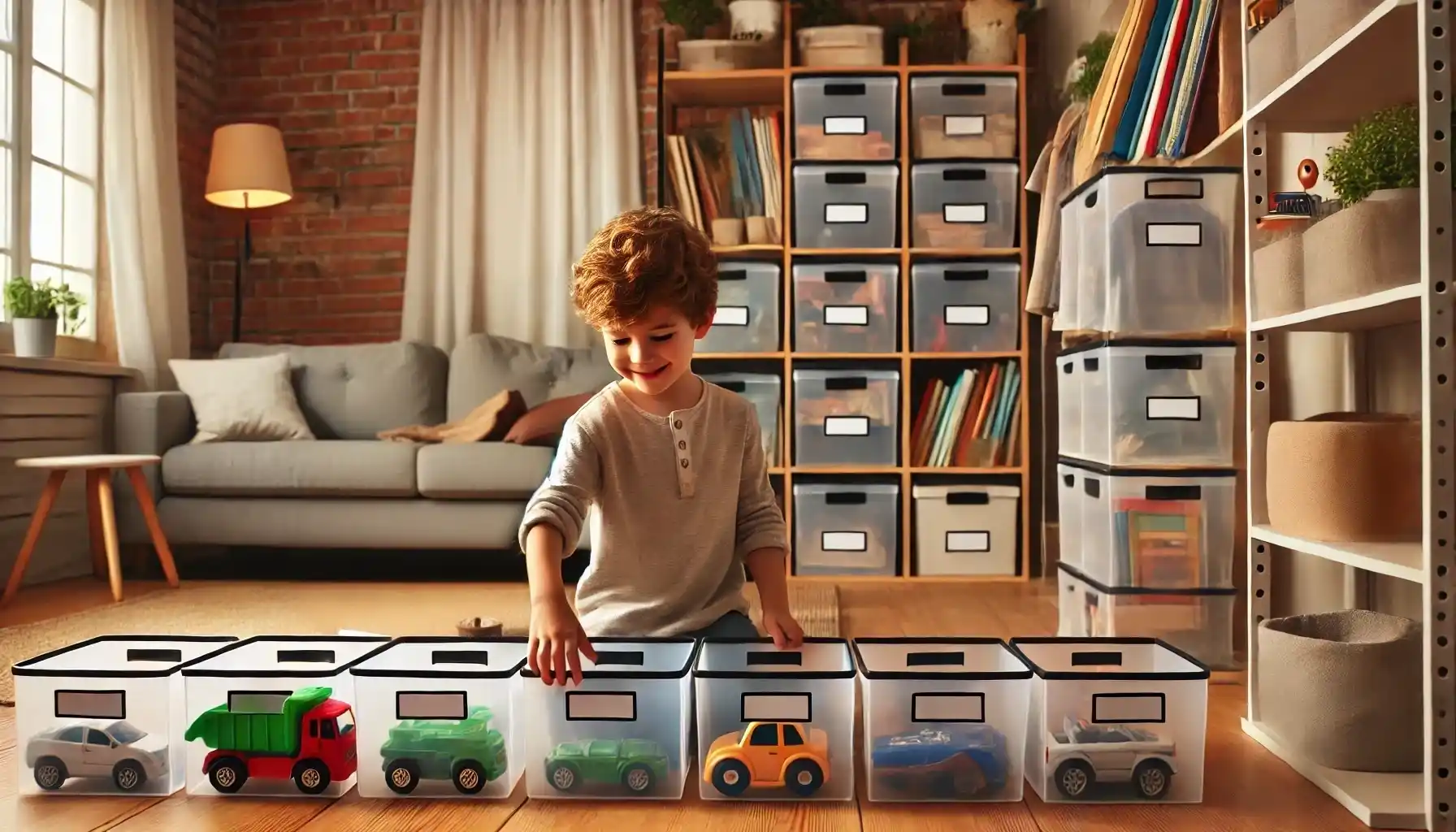
Step 2: Teaching Your Child to Organize and Remember Things
Many children lose things simply because they forget where they are supposed to be. That’s why it’s important for parents to remember: the better organized a child’s space is, the less likely they are to lose things.
The right way to organize storage:
| Thing | Where to store | Tips |
| Toys | Boxes with sections | Use transparent containers so your child can see the contents. |
| Books | Bookshelves | Categorize them: textbooks, fiction, encyclopedias. |
| Clothes | Cupboard with shelves | Label the bins with colored stickers or stickers. |
| Gadgets | Separate box or shelf | Explain to your child that gadgets need to be stored carefully. |
| Coins | Albums or capsules | Use the Coin ID Scanner to keep track of the collection, educate your child (including demonstrating the value of coins), and find interesting facts about them. |
Lifehack: You can use the “one thing, one place” method. For example, always put your keys in the same basket and your phone on a certain shelf to help the child automatically memorize storage locations.
And if your baby is still quite young and can not read, you can use bright stickers and stickers on drawers, shelves and boxes. For example, the image of a car on the container will tell that toys should lie here, and a picture of a T-shirt on the shelf – that clothes are folded here. This attitude makes the cleaning process clear and simple, which means that the child learns order faster.
But it is not enough just to organize storage – you need to develop the habit of checking your child’s things. A good rule of thumb is to always do a check-up before going out. Turn this into a playful ritual: for example, you can offer to memorize things by fingers, where each finger is responsible for a particular item (the first – the phone, the second – keys, the third – wallet, etc.). This method helps the child quickly check themselves without having to recall long lists.
Step 3: Responding Correctly When Your Child Loses an Item
Losing a favorite toy, a school pencil case or even a phone is stressful for a child. However, in such a situation, it is important not only to find the missing item, but also to develop the right attitude towards your child’s belongings.
Parental response is key here. It is important to remain calm and not start the conversation with accusations: “You’re losing everything again.” It is better to ask: “Do you remember where you last saw this thing?”, “What were you doing before it disappeared?”. This will help the child focus and remember details.
It is important to explain that loss is not a disaster, but it is also something to be taken seriously. Together, break down the situation: why the item went missing and how you can avoid it in the future.
Algorithm for finding lost things
- Recall the last location. Ask the child questions: “Where did you see this thing last time?”, ‘What did you do before that?’.
- Look in the most obvious places. Often lost items end up in a backpack, under a desk, in pockets, or on a bed.
- Look together. Children often just don’t notice things, even if they are in front of their eyes.
Lifehack: Many parents take advantage of location-tracking technology so that, as a last resort, they always know where not only their child is, but also their valuables.
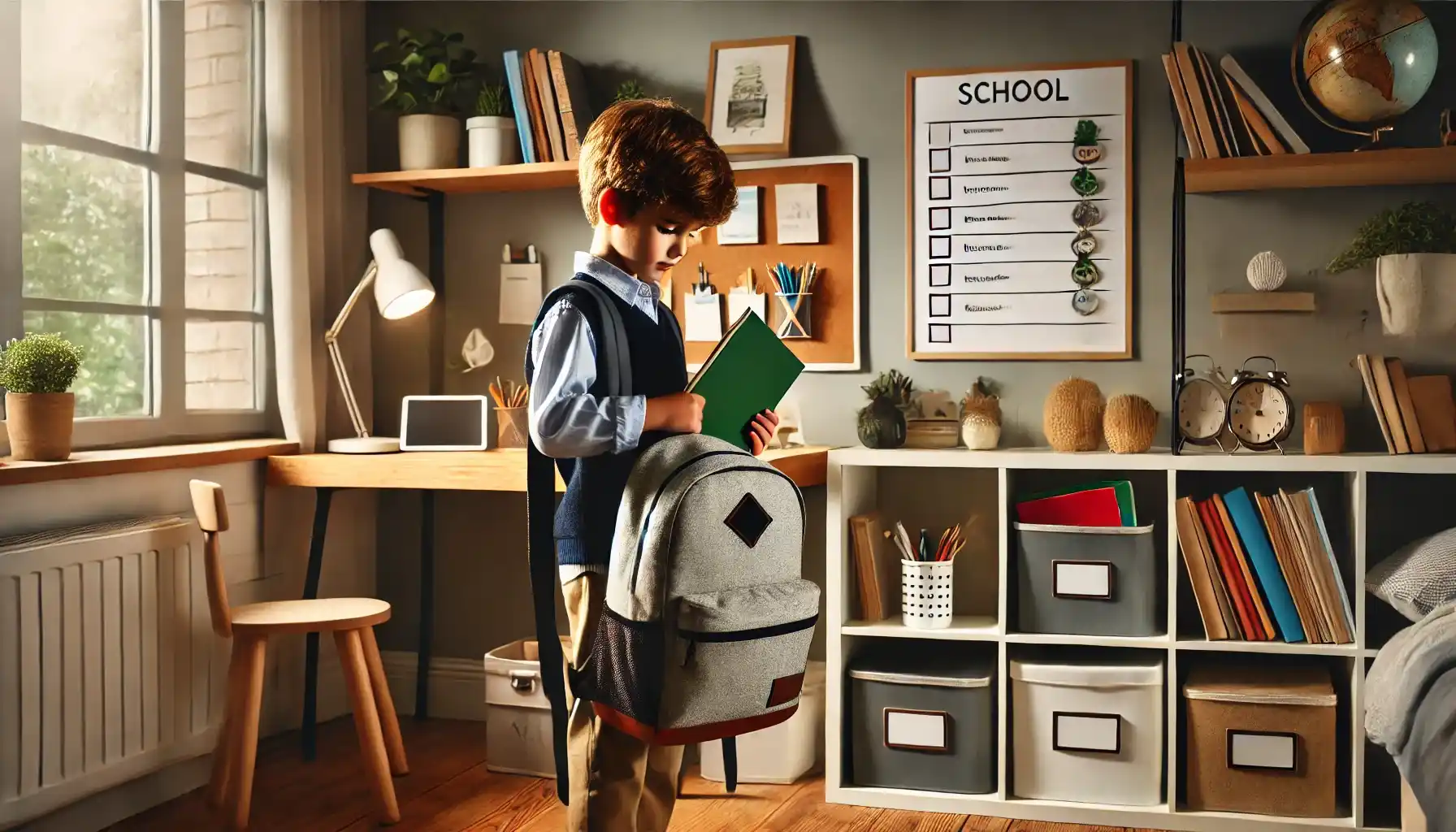
Step 4: Using Advantage of Technology
Nowadays, technology makes our lives a lot easier, including helping us find lost items and keeping children safe. Smart gadgets and GPS trackers are now on the lookout for the safety of children and their belongings.
For example, GPS trackers are small devices that are attached to things or worn by a child. They transmit real-time location information through a mobile app (which, consequently, allows you to quickly track a lost item or find out where your child is).
But technology is a great assistant not only for the safety of your child. Modern solutions can greatly simplify the process of searching for lost items. One of the most convenient and easy ways is to use Bluetooth tags or trackers for things. These are small devices that are attached to personal items (keys, bags, backpacks, and even toys) and when connected to a cell phone, they allow you to track their location. Examples of popular trackers include Tile, Chipolo, and Tracki.
And if it’s about a child’s forgetfulness, digital reminders and planners can be great allies. For example, using mobile apps or voice assistants (Google Assistant, Siri), you can set reminders for your child to make sure they’ve grabbed all the things they need before going out.
All this sounds very good, and all solutions are quite convenient, they can make life a lot easier, but it’s important for parents to remember that technology is not a substitute for responsibility and organization.
Final Step: Recognizing the Importance of Good Habits
Teaching your child to take care of their belongings is not only a challenge for parents but also an important step in fostering responsibility. With simple methods, a playful attitude and modern technology, this process can be made much easier. By forming habits of organization and attentiveness in a child, we are able both to help them avoid losses and to prepare them for independent life in the future.

